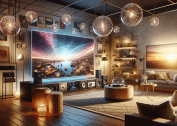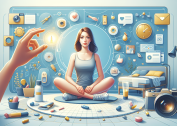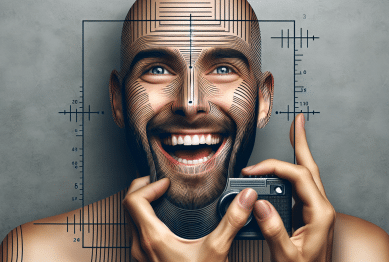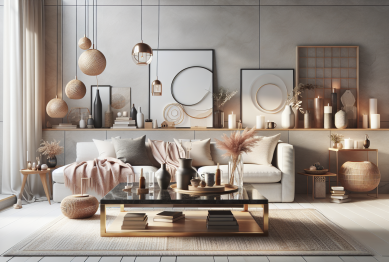The modern world is overflowing with stuff—tools, apps, gadgets, and materials promising to enhance productivity and creativity. But as the digital and physical clutter grows, a countertrend has been gaining traction: fewer objects can mean more creativity. Minimalist environments, once associated solely with aesthetics, are now seen as cognitive tools that support clearer thinking and richer creative output. Whether in art studios, workspaces, or even digital desktops, creators are beginning to understand that limitation isn’t a hurdle—it’s a catalyst.
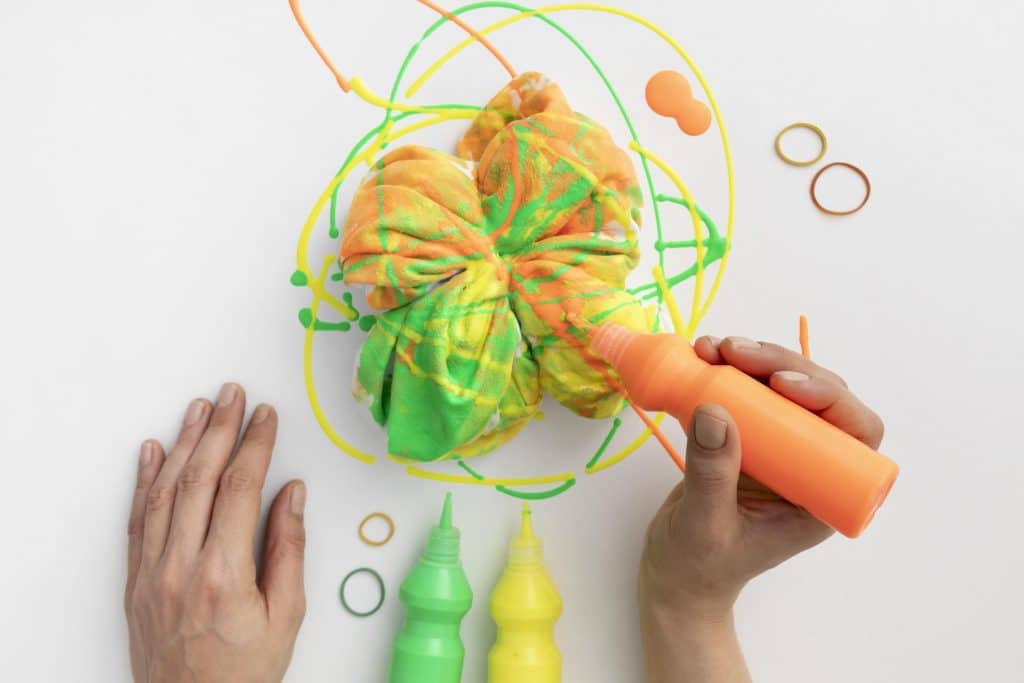
How the Fewer Objects Can Mean More Creativity Trend Emerged
Minimalism is no longer just a lifestyle aesthetic—it’s a strategy used by creatives, designers, and thinkers seeking focus in a chaotic environment. The movement gained traction during the pandemic years, when people were forced to confront their surroundings. But it has evolved into a mindset that goes far beyond tidying up.
Several cultural forces have driven this shift:
-
Decision fatigue from constant options in consumer culture.
-
Digital overwhelm, where multitasking and app-switching hinder deep work.
-
Growing interest in intentional living, where clarity and focus are prioritized over abundance.
This movement aligns with a broader shift toward cognitive minimalism—limiting inputs to enhance clarity of thought.
The Psychology Behind Simplicity and Creative Thinking
Why does having fewer things help people create more meaningful work? The answer lies in how our brains process information.
A study from the Princeton University Neuroscience Institute found that physical clutter competes for attention, reducing performance and increasing stress. In contrast, clean environments support better information processing and allow the brain to prioritize effectively.
Key reasons fewer objects can support creativity:
-
Fewer distractions = more cognitive space for ideas.
-
Simplified choices reduce decision fatigue, preserving energy for higher-order thinking.
-
Scarcity drives innovation—limited tools often push creators to find new uses and novel combinations.
Minimalism in Creative Spaces: A Growing Trend
From design studios to TikTok content creators, minimal setups are no longer seen as boring—they’re viewed as intentional and efficient. Clear desks, pared-down toolkits, and streamlined processes reflect a deliberate move toward mental clarity.
Popular manifestations of this trend:
-
One-medium challenges
-
Artists limit themselves to one tool (e.g., charcoal only) to explore depth within constraints.
-
-
Analog creativity sessions
-
Writers and designers are ditching laptops for pen and paper to reduce digital interference.
-
-
Capsule workstations
-
A curated desk with only essential items—laptop, notebook, pen—designed to reduce cognitive clutter.
-
-
Monotasking movement
-
A shift from productivity hacks to deep work, enabled by removing non-essential objects from the environment.
-
How Digital Minimalism Plays a Role
Minimalism isn’t confined to physical spaces. Digital minimalism—a growing trend—promotes fewer apps, cleaner interfaces, and the rejection of constant digital notifications. Creatives are embracing fewer tools that do more, and abandoning multitool platforms that fragment attention.
Examples include:
-
Notion or Obsidian replacing 5+ apps with one focused dashboard.
-
Disabling non-essential notifications.
-
Limiting social media access during creative blocks.
As the digital environment becomes leaner, creative energy has more room to move.
The Value of Constraints in Creative Work
Limiting resources often increases the need for original thinking. That’s why many creative professionals adopt self-imposed constraints—not as a hindrance, but as a framework.
Benefits of creative constraints:
-
Boosts problem-solving: With fewer tools, you must think differently.
-
Reduces procrastination: Limits force quicker action and reduce overplanning.
-
Enhances focus: Simplified environments steer attention toward the task.
A study published in the Journal of Consumer Research confirms that constraints can enhance creativity by fostering divergent thinking.
Practical Tips: Using Minimalism to Fuel Creativity
Anyone can tap into this method. Here’s how to apply the idea that fewer objects can mean more creativity in everyday work and life.
1. Curate Your Workspace
-
Remove everything non-essential.
-
Keep a “creative toolkit” of 3–5 core items you use regularly.
2. Set Boundaries for Tools
-
Pick one app for writing, one for organizing, and one for communication.
-
Use time-blocking to limit device switching.
3. Try a One-Input Creative Challenge
-
Write a story using only headlines from a newspaper.
-
Create digital art using one brush style.
4. Limit Inputs During Idea Generation
-
Avoid consuming too much external content when brainstorming.
-
Silence devices and rely on internal thought instead of reactive consumption.
5. Go Analog
-
A pen and notebook can sometimes be more productive than the best digital suite.
Minimalism in Entertainment and Content Creation
The entertainment industry is also embracing the idea that fewer inputs lead to more authentic storytelling.
-
TikTok creators using one prop, one camera angle, and natural lighting.
-
Short films with limited casts and minimalist sets drawing critical acclaim.
-
Musicians recording full albums on a single instrument or analog devices to explore purity of sound.
This trend suggests that creativity today is less about polish and more about perspective—and that minimal setups often leave more room for meaning.
When Less Becomes More in Consumer Culture
The message that fewer objects can mean more creativity resonates strongly in consumer culture. Companies like Muji, Apple, and Ikea have built empires around offering minimalism as a solution to decision fatigue and overstimulation.
Even subscription services are rethinking their offering—not “more content” but “better-curated content” is becoming the goal. Less choice often leads to more satisfaction, which in turn frees mental bandwidth for creative pursuits.
The Future of Creativity Is Intentional
In a world where productivity tools, AI apps, and collaborative platforms are multiplying, the ability to strip back to essentials is becoming a superpower. Creatives who intentionally limit their tools, space, and inputs are often the ones producing deeper, more original work.
The idea that fewer objects can mean more creativity is not just a theory—it’s becoming a practical framework for individuals and organizations who want to cut through the noise and make meaningful things.
Conclusion
The belief that more tools, more space, and more options lead to better output is being reexamined. As we’ve seen, fewer objects can mean more creativity not because of what’s taken away—but because of what’s revealed. When distractions are removed, focus deepens. When tools are limited, ingenuity rises. And when environments are simplified, mental space expands.
This isn’t about stripping things down for the sake of aesthetic. It’s about making room for your best ideas to show up. In work, in art, and in everyday decision-making, simplifying your space and process could be the most overlooked creative edge of our time.
As minimalism continues to evolve from a design trend into a thinking strategy, creators and thinkers alike are rediscovering what it really means to do more with less. And in that space—clear, quiet, and intentional—creativity often finds its strongest voice.
References
- McMains, S., & Kastner, S. (2011). “Interactions of top-down and bottom-up mechanisms in human visual cortex.” Journal of Neuroscience. https://www.jneurosci.org
- Chae, B., & Hoegg, J. (2013). “The future of creativity: Constrained inspiration.” Journal of Consumer Research. https://academic.oup.com
- McMains, S., & Kastner, S. (2015). “Visual clutter and human attention.” NIH/National Library of Medicine. https://www.ncbi.nlm.nih.gov





